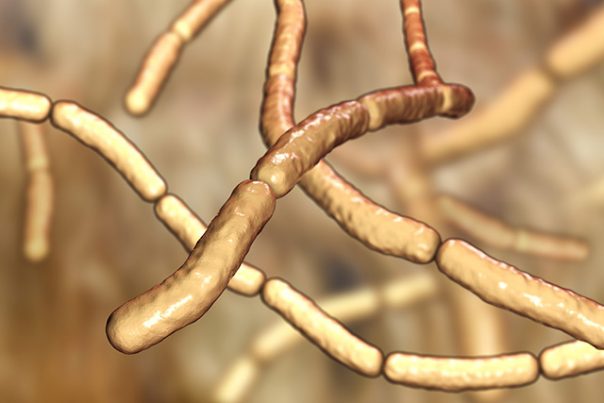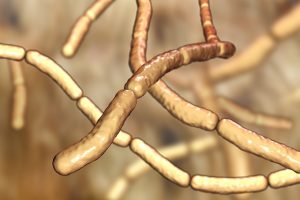
Propamocarb — toxicity, side effects, diseases and environmental impacts
Tuesday, November 14, 2017 by Michelle Simmons
http://www.naturalpedia.com/propamocarb-toxicity-side-effects-diseases-and-environmental-impacts.html

Propamocarb is a fungicide used to control Phythium spp. and Phytophthora spp. on turf, outdoor woody and herbaceous ornamentals. These are pathogens of tobacco. It is usually formulated as a soluble concentrate or liquid using the hydrochloride salt. This fungicide has a specific activity against some Oomycete species which causes seed, seedling, root, and stem rots and foliar diseases in targeted plants. Other examples of pests controlled with propamocarb include late blight, root rot, damping off, downy mildew (Bremia lactucae), and mildew. Moreover, this fungicide has a systemic mode of action with protective action absorbed by roots and leaves. Likewise, it acts as a lipid synthesis inhibitor. Propamocarb has the molecular formula of C9H20N2O2 .
List of known side effects
There is not much information on the side effects of propamocarb except for the fact that it can be harmful if swallowed and it can be toxic to aquatic animals.
Body systems affected by propamocarb
There are a few body systems adversely affected by propamocarb. One of these body systems is the integumentary system because it can cause irritation in the skin. It can also possibly affect the endocrine system because it slightly increase aromatase activity and estrogen production.
Items that can contain propamocarb
Several trade names for products that contain propamocarb include Banol, Prevex, Previcur, Tattoo C, Tattoo M, Dynone, Filex, and Proplant. Propamocarb can be found in items where it was used such as turf, ornamentals, tobacco, vegetables, potatoes, strawberries, cucumbers, tomato, and lettuce.
How to avoid propamocarb
Since propamocarb is harmful, exposure to this chemical must be avoided. For people who are handling propamocarb, one way to reduce exposure is to wear personal protective equipment, such as long-sleeved shirts and long pants, and shoes and socks. To avoid inhaling the chemical, ensure a good ventilation in the area and use a suitable respirator for extra protection. Wearing protective gloves, particularly waterproof gloves, can prevent skin contact with propamocarb. To protect the eyes, wear safety glasses or chemical goggles.
Where to learn more
Summary
Propamocarb is a fungicide used against several Oomycete species which causes seed, seedling, root, and stem rots and foliar diseases in targeted plants. It has a systemic mode of action with a protective action absorbed by roots and leaves. Moreover, it acts as a lipid synthesis inhibitor.
Propamocarb can be harmful if swallowed.
Propamocarb is toxic to aquatic animals.
Propamocarb can irritate the skin.
Sources include:
EPA.gov
PMEP.CCE.Cornell.edu
Sitem.Herts.AC.uk
PubChem.NCBI.NLM.NIH.gov
T3DB.ca
Tagged Under: Tags: Propamocarb






